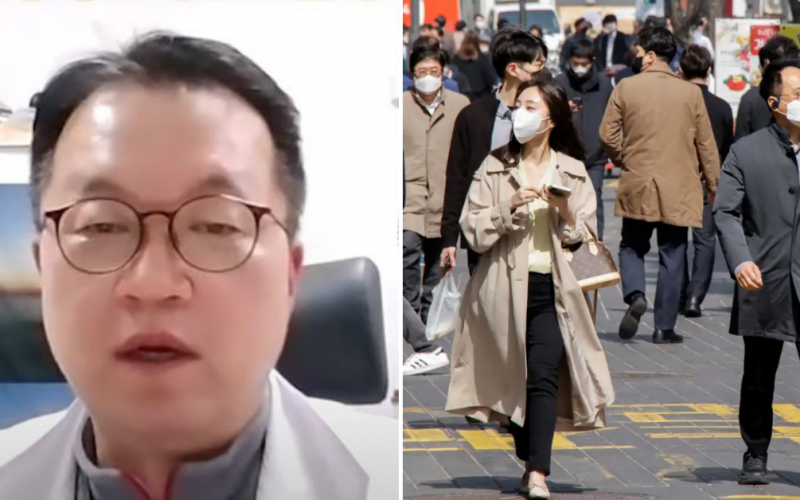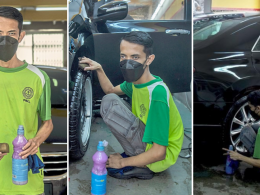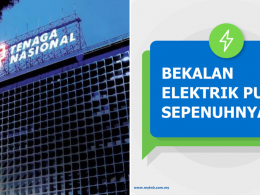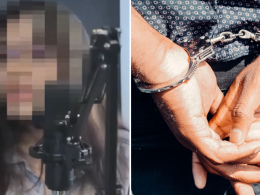While face masks and social distancing may now be taken upon as more of an advisory suggestion as opposed to a mandate, it is still worth keeping in mind that the Covid-19 virus is still very much present all around us in Malaysia.
This sentiment has most recently been echoed by Ministry of Health Director-General Tan Sri Dr Noor Hisham Abdullah, who said that environmental surveillance carried out using sewage water from the nation’s international entry points between the months of June to December 2022 have indicated that 96.5%, or 28 out of 29 samples, showed the presence of Covid-19.
Test results obtained from M’sia’s international entry points show traces of Covid-19
Results were obtained from testing at the National Public Health Laboratory, with one sample still in the process of testing. In addition to the samples from international points of entry, 301 other samples from 15 sentinel locations that represented each state in the country were also sent in for testing.
“288 samples (95.7%) had the presence of SARS-CoV-2, and positive for Omicron. Three had no presence, while 10 are still being tested,” said Dr Noor Hisham in a statement on Monday (Jan 2).
As reported by local newspaper The Star, the method of testing sewage water for the presence of Covid-19 forms a part of Malaysia’s ongoing Covid-19 environmental surveillance efforts, acting as a supplementary means of monitoring the pandemic situation locally as the country moves further into the Endemic Transition phase.
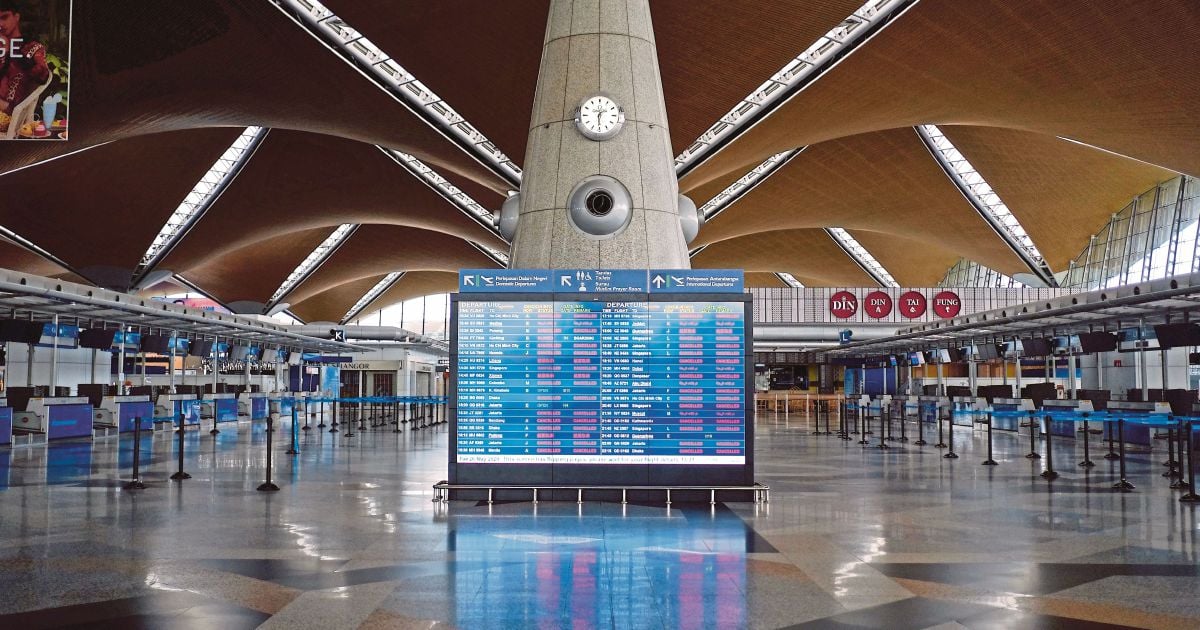
The sample results from sewage water samples helped to provide a preliminary warning to local health authorities by granting insight on the virus density trend, in addition to the variants found within the community while assessing the effectiveness of intervention measures.
How are samples obtained for surveillance testing?
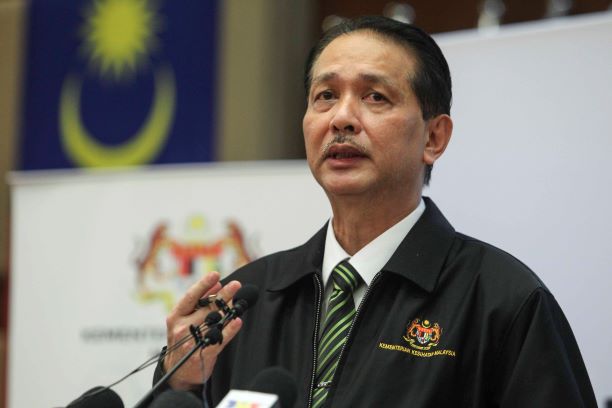
Where samples from sentinel locations are concerned, Dr Noor Hisham explains that two or three samples are obtained from select sewage treatment plants monthly by district health officials. These are then commuted to relevant labs for testing.
“For samples from entry points, risk assessment is continually conducted to identify countries with risk. Based on the assessment, all flights from that country are then further studied by the KL International Airport (KLIA) health office,” he adds.
Generally, sewage water is brought out from airports using lavatory trucks to the aircraft waste disposal facilities (AWDF), an effort coordinated by airport ground handlers. To obtain samples from international entry points, a target flight is first identified before sampling is conducted by the health office at KLIA.
The remainder of the sewage water is then handed over to the AWDF after about one litre worth of samples are obtained. This is conducted twice weekly, with sampling currently now involving flights from China in light of recent Covid-19 developments globally.
Tap here to give us a ‘Like’ on Facebook and stay up-to-date on the latest news!




